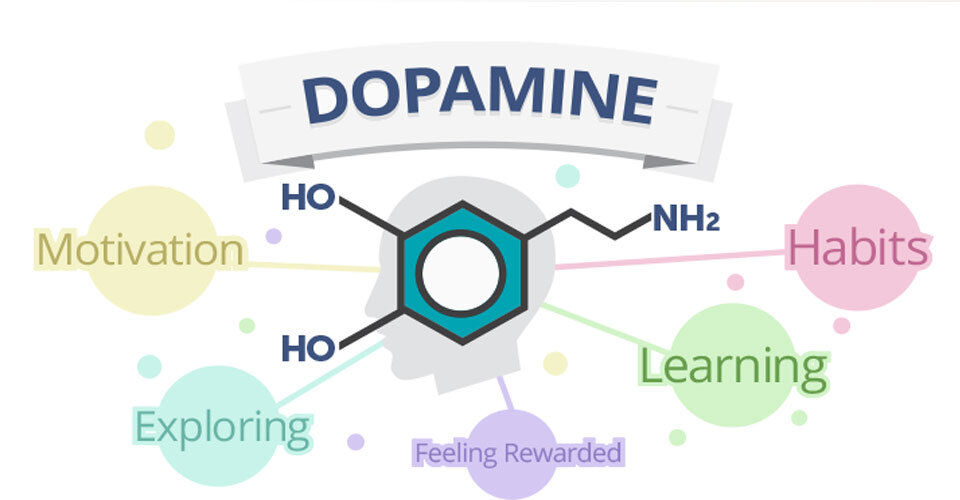The Difference Between Dopamine Spikes and Baseline Levels
Dopamine operates in two primary modes:
Advertisement
-
Phasic release (spikes): Short bursts of dopamine in response to specific stimuli (e.g., winning a game, eating chocolate).
-
Tonic release (baseline): The steady, background level of dopamine.
An optimal balance between these modes is essential. Too many high-intensity dopamine spikes can lead to dysregulation of the reward system. Over time, the brain can become desensitized, meaning it takes more stimulation to achieve the same level of dopamine response. This is often seen in addiction, where the individual needs increasing amounts of the substance or behavior to feel the same effect.
By contrast, a healthy baseline level of dopamine supports consistent motivation and mental well-being. Activities like regular exercise, adequate sleep, and balanced nutrition contribute to stable dopamine levels.
Dopamine and Technology
Modern life presents unique challenges to the dopamine system. Smartphones, social media, and streaming platforms are designed to exploit the brain’s reward circuitry. These technologies provide instant gratification, which leads to repeated dopamine spikes throughout the day.
Each like, message, or video recommendation provides a small burst of dopamine. Over time, the brain starts to seek out these easy hits instead of pursuing more meaningful, longer-term goals. This creates a feedback loop of distraction and short-term pleasure-seeking behavior, potentially undermining motivation for tasks that require effort and patience.
Digital overstimulation may also lower baseline dopamine levels. When the brain becomes accustomed to high-frequency dopamine spikes, ordinary activities like reading, walking, or studying may feel dull in comparison. This can contribute to attention issues and even symptoms of low mood.
Dopamine, Addiction, and Compulsive Behavior
Addiction is often described as a hijacking of the dopamine system. Whether it’s drugs, gambling, or compulsive use of social media, addictive behaviors rely on exaggerated dopamine spikes that rewire the brain’s reward pathways.
Repeated exposure to these unnatural dopamine floods changes the brain’s chemistry. The reward threshold increases, while natural rewards—like conversation, healthy meals, or accomplishment—may no longer feel satisfying. This is known as dopamine downregulation, where the receptors become less sensitive to stimulation.
In this state, the individual is not necessarily chasing pleasure anymore but rather trying to feel normal. This can make breaking the cycle extremely difficult.
